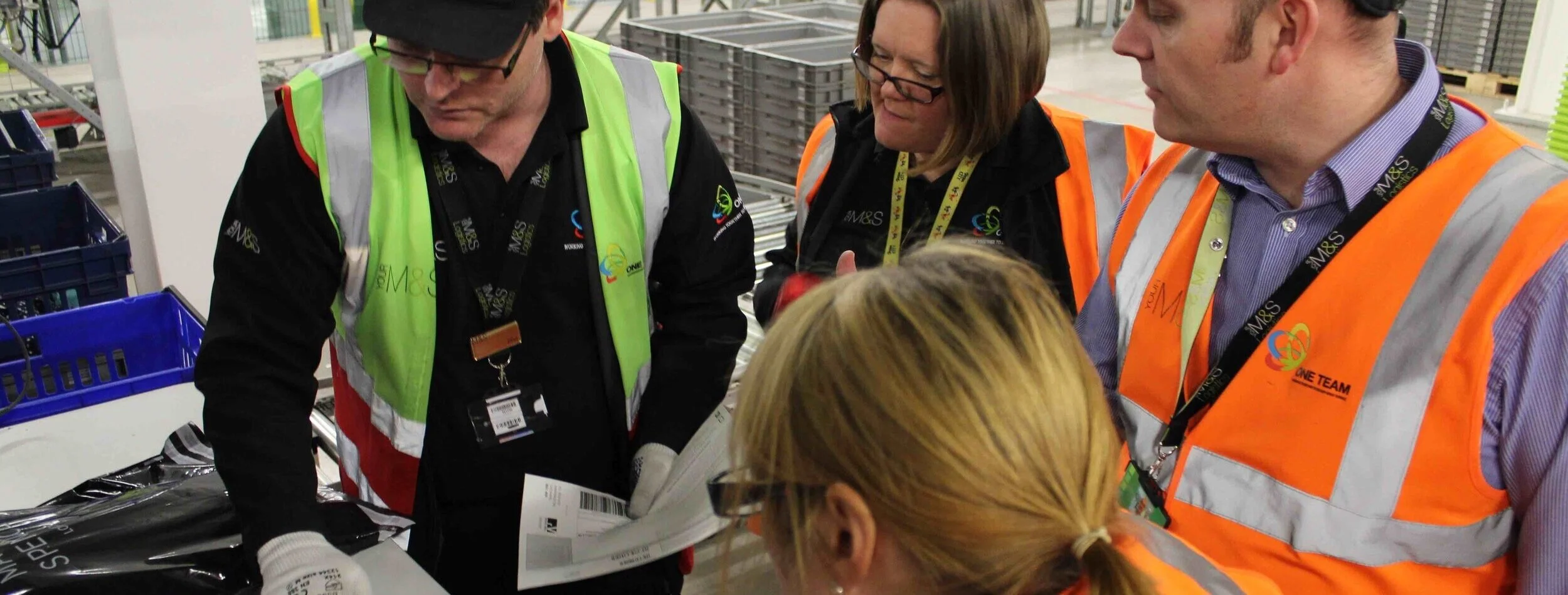‘JUST IN TIME’ - WHY SHOULD WE CARE?
What is Just in time?
Just in Time refers to a system of production that makes and delivers exactly what is needed, when it is needed, in the exact amount needed with the minimum of (working-capital intensive) inventory and at the lowest manufacturing cost. In other words, companies pursuing a just in time strategy aim to give the customers what they want (more variety, better, faster, cheaper) whilst growing margins through an intense focus on their internal efficiencies.
“Just in Time aims to give the customer what they want whilst reversing the pressure on margins.”
The fundamental idea is for companies to make ‘value flow’ from raw materials to the end customer in the shortest amount of time. Every time the materials and products stagnate, lead-times expand, costs (e.g. working capital, handling, storage, quality) grow - eroding operating margins and reducing customer satisfaction. Conversely, assuming there is customer demand for the products, the smoother the flow of quality products and materials through the supply chain (also called the value stream), the lower the manufacturing costs and the happier the customers.
WHY DO JUST IN TIME?
Just in Time is a central concept of Lean Manufacturing. The idea that lead time-compression is a source of competitive advantage was first popularised by a George Stalk in a 1988 Harvard Business Review article the book “Competing against time” published in 1990.
If done right, by focusing on lead-time reduction / flow improvement as a strategic operations objective, companies often benefit from a cascade of favourable outcomes: other performance dimensions such as employee satisfaction, quality, responsiveness, profitability improve ‘automatically’ as lead-times drop.
JIT helps a company stay competitive by serving the customers better - with greater choice, flexibility and faster delivery - whilst improving profitability by consistently lowering manufacturing costs.
How does Just-in-time WORK?
A Just in Time system produces the exact amount of product needed by the customer. The entire supply chain (value stream) is made up of customer-supplier relationships. If the input for the next station, i.e. the customer, across the entire supply chain is only provided just in time, when it is needed, inventories stay low which reduces working capital and lead-times. Costly quality problems are detected quickly and their root cause addressed before large quantities are produced. Sources of inventory stagnation are quickly addressed, thus improving labour and machine productivity. In short, by following a just in time strategy leaders create a lean enterprise, a company that makes optimum use of its resources as it satisfies the customers’ needs.
“Improving flow delivers a cascade of favourable outcomes”
In contrast, conventional manufacturing opts for mass production looking for scale economies - often involving expensive automation - as the primary source of productivity improvement. Typically, huge amounts of materials, work in process and finished goods are accumulated as stations produce more than the customer needs. Inefficiencies in individual stations are masked by inventory and the underlying problems in work design and machine performance are not systematically uncovered or addressed. Lead-times increase, making the supply chain or factory unresponsive and costly to manage.
The challenge for companies embarking on a Lean journey is that people perceive the current manufacturing system as normal and entirely justified. The starting point for change, therefore, is being able to see the problem. This is where the 7 Wastes (in Japanese MUDA) come in handy…

